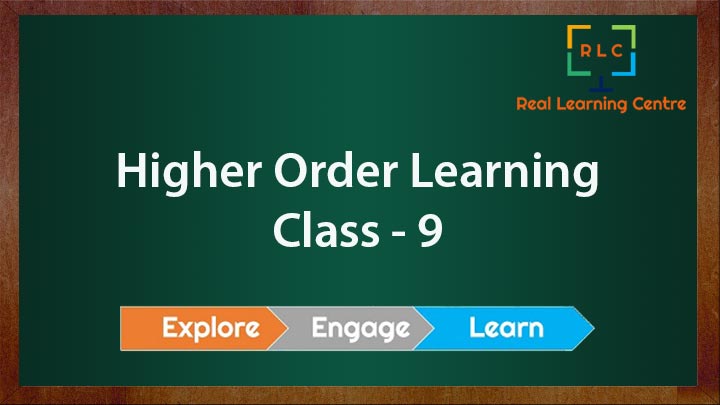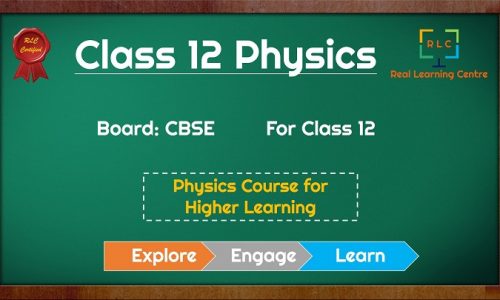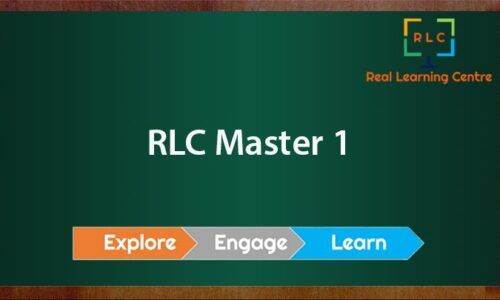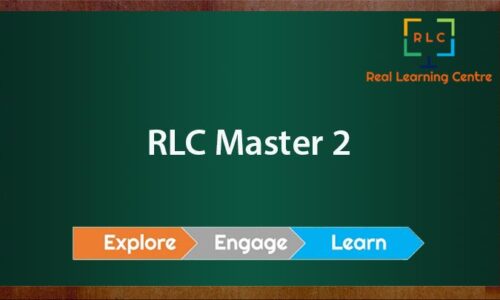COURSE DESCRIPTION
A full year course for students studying in 9th standard who are interested in getting a strong foundation in science and mathematics. This course will help the students develop interest in the subjects and enjoy studying. It concentrates on teaching fundamental concepts, problem solving skills and guides the students to develop a sense of wonder about science and mathematics.
The course follows a syllabus that has been designed by keeping CBSE, ICSE, state and the international boards. The Course is conducted both offline and online modes.
HOW ARE THE CLASSES HELD?
- Classes are held twice a week, every Tuesday and Friday from 5.15 to 7.30
- There will be two sessions of one hour each with a 10 minute break in beween
- The classes will be conducted offline with a video link provided to those who want to attend online.
- All classes are recorded so that students can go through them again.
- There will be periodic assignments and evaluations.
- The students can follow their respective board prescribed text books. The additional reading materials will be provided wherever applicable.
Course Features
- Lectures 232
- Quizzes 0
- Duration 50 hours
- Skill level All levels
- Language English
- Students 286
- Assessments Yes
Curriculum
- 58 Sections
- 232 Lessons
- 20 Weeks
- Physics Chapter 1 - Linear motion4
- Physics Chapter 2 - Newtons Laws of Motion4
- Physics Chapter 3 - Circular motion4
- Physics Chapter 4 - Gravitation4
- Physics Chapter 5 - Work, Energy and Power4
- Physics Chapter 6 - Equilibrium4
- Physics Chapter 7 - Simple Machines4
- Physics Chapter 8 - Electrostatics4
- Physics Chapter 9 - Magnetism4
- Physics Chapter 10 - Kepler's Laws and Planetary Motion4
- Physics Chapter 11 - Projectile Motion4
- Physics Chapter 12 - Conservation of Energy4
- Physics Chapter 13 - Mechanical Properties of Solids4
- Physics Chapter 14 - Mechanical Properties of Fluids4
- Chemistry Chapter 1 - Atoms and Molecules4
- Chemistry Chapter 2 - Stoichiometry4
- Chemistry Chapter 3 - Radioactivity4
- Chemistry Chapter 4 - Atomic Structure4
- Chemistry Chapter 5 - Concept of Valency4
- Chemistry Chapter 6 - Ions4
- Chemistry Chapter 7 - Chemical Bonding4
- Chemistry Chapter 8 - Water4
- Chemistry Chapter 9 - Aqueous Solutions4
- Chemistry Chapter 10 - Revisiting Acids and Bases4
- Chemistry Chapter 11 - Chemical Reactions4
- Chemistry Chapter 12 - Physical and Chemical Changes4
- Chemistry Chapter 13 - Kinetic Theory of Gases4
- Chemistry Chapter 14 - Purity of Matter4
- Chemistry Chapter 15 - Classification of Elements4
- Chemistry Chapter 16 - Periodic Table4
- Biology Chapter 1 - Fundamental Unit of Life4
- Biology Chapter 2 - Cell Structure and Organelles4
- Biology Chapter 3 - Plant Cell4
- Biology Chapter 4 - Animal Cell4
- Biology Chapter 5 - Cell Division4
- Biology Chapter 6 - Plant Tissue4
- Biology Chapter 7 - Animal Tissue4
- Biology Chapter 8 - Eco System and Diversity4
- Biology Chapter 9 - Classification of Organisms4
- Biology Chapter 10 - Binomial Nomenclature4
- Biology Chapter 11 - Why do we fall ill?4
- Biology Chapter 12 - Infection and Spreading4
- Maths Chapter 1 - Real Numbers4
- Maths Chapter 2 - Polynomials4
- Maths Chapter 3 - Linear Equations in two Variables4
- Maths Chapter 4 - Statistics4
- Maths Chapter 5 - Probability4
- Maths Chapter 6 - Introduction to Coordinate Geometry4
- Maths Chapter 7 - Elements of Euclid's Geometry4
- Maths Chapter 8 - Lines and Angles4
- Maths Chapter 9 - Triangles4
- Maths Chapter 10 - Quadrilaterals4
- Maths Chapter 11 - Areas of Triandles and Parallelograms4
- Maths Chapter 12 - Circles4
- Maths Chapter 13 - Constructions4
- Maths Chapter 14 - Heron's Formula4
- Maths Chapter 15 - Surface Areas and Volumes4
- Maths Chapter 16 - Logarithms4






